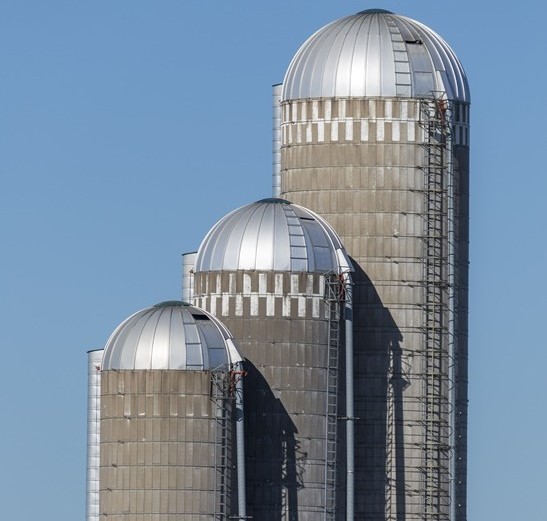During the 3rd Session of the Preparatory Committee towards Habitat III held July 25-27, 2016 in Surabaya, Indonesia, the World Future Council—in partnership with UN Habitat and UCLG ASAPAC—hosted a side event exploring the linkages between public spaces and the regenerative city.
The event was a call to adopt an integrated approach to public space planning, one that is able to fully grasp the wide-range of co-benefits that emerge from regenerating public spaces. It explored the challenges and policy solutions that can support local authorities create livable, healthy and inclusive public spaces while also ameliorating the environmental sustainability and resilience of cities.
It can sometimes be very challenging for city governments to assess and fully value the wide range of benefits and co-benefits that public spaces bring (including social, environmental and economic ones). Therefore, it is essential to identify and comprehensively assess all the co-benefits of regenerating public spaces, as this will play a huge role in mobilizing city governments to take action.
Public space regeneration not only allows the creation of greener and more resilient cities (parks, green corridors, walkable, bicycle and transit friendly spaces are undoubtedly beneficial in terms of, for example, pollution reduction, urban ecosystem regeneration and CO2 reduction) but also a true regeneration of people and communities.
See full World Future Council article by Filippo Boselli
Watch Storm Cunningham’s July 2016 talk on connecting silos to regenerate cites.

